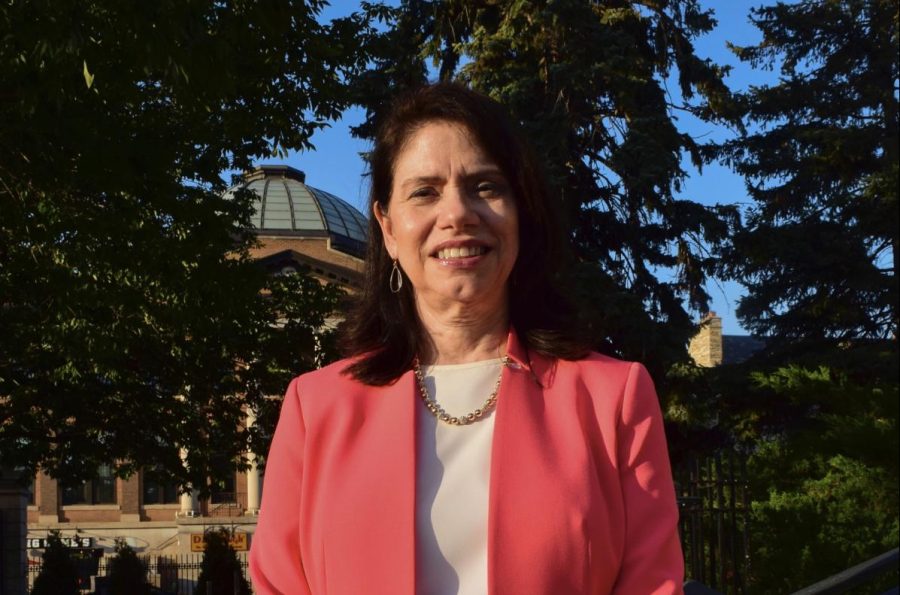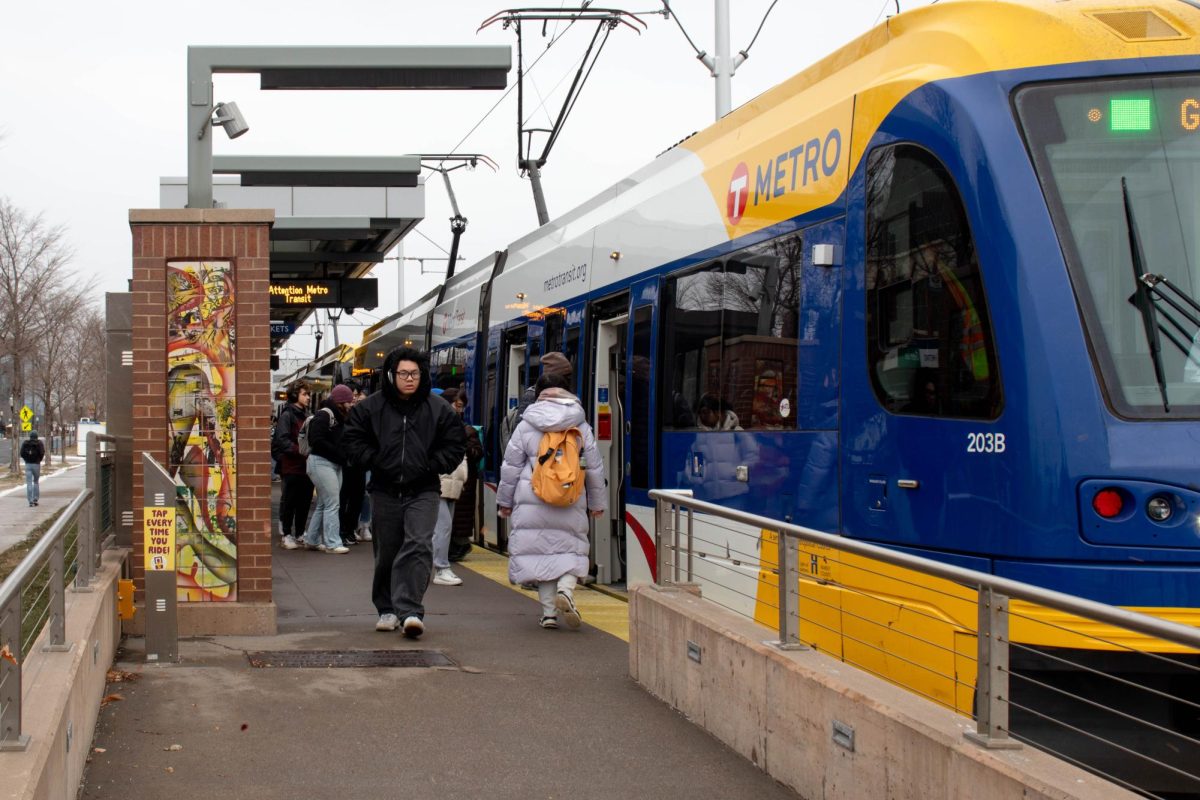Set to begin in the fall, Denise Young will take over as the Bell Museum and Planetarium’s new executive director — helping to lead the 144-year-old institution as it prepares for the unveiling of its new St. Paul location.
Young, currently director of education and planning for the Morehead Planetarium and Science Center at the University of North Carolina at Chapel Hill, will start her new role at the Bell September 12.
“I’m honored to have been selected to lead the Bell during this period of time,” Young said. “This is an once-in-a-lifetime opportunity for someone in my field to lead a museum through this kind of transition.”
During her time at Morehead Planetarium, Young revamped the center’s educational outreach efforts by adding permanent staff to run summer camp and after-school programs.
“I really capitalized on the fact that this was a museum nested within a large university,” she said. “I thought that this was a great opportunity to start to engage the university students in the operations of Morehead.”
In her tenure, the number of visitors nearly doubled and philanthropic support increased significantly, according to a University press release.
Young was also a clinical assistant professor in the department of Learning Sciences and Psychological Studies at the University of North Carolina School of Education, where she taught a course on learning in informal environments like museums, planetariums and zoos.
At the Bell Museum, Young said her primary responsibilities will be to engage the community and encourage people to interact with the museum, whether as a volunteer, visitor or donor.
“The vision is to position the Bell as the portal or gateway to the University,” she said. “A lot of times people who are not engaged with the University don’t get the opportunity to see the research that happens at the University. We want to bridge that gap between researchers and the public and show the great scientific work that’s happening on this campus.”
Brian Buhr, dean of the College of Food, Agricultural and Natural Resource Sciences — which the Bell Museum is part of — said he’s confident in Young’s ability to bolster connections between the University and its community.
“She’s certainly had tremendous experience in working and operating within a university museum,” Buhr said. “The key to this is connecting to the community and connecting to lifelong learning, from young people through people throughout their lives seeking to learn about the natural world we live in.”
Set to open in 2018, the newly designed Bell Museum in St. Paul will have touch-screen displays and virtual reality, Buhr said, adding that the facility will be bigger and more accessible.
Digital programming will show visitors everything from stars and the universe to the inner workings of the human body, Buhr said.
“It’s not quite an Imax,” Buhr said. “But on that view of taking programming to a different level and connecting our natural environment on earth … to that broader universe perspective and being able to do that in a very dynamic way.”
Buhr said the new facility will serve as a “gateway” to the St. Paul campus at large.
“On the St. Paul campus we had this opportunity to weave together the work that we do related to natural resources, environmental sciences, food sciences and bring that into the Bell,” he said.







